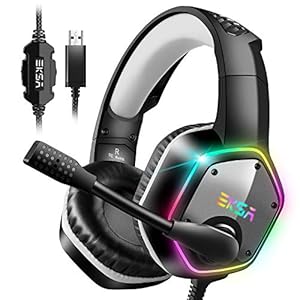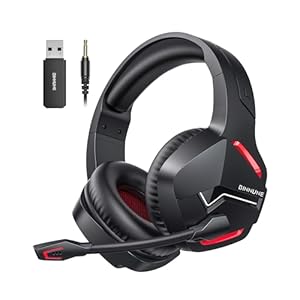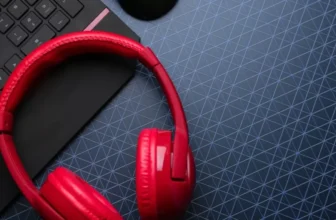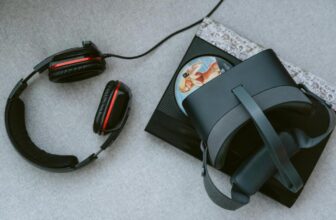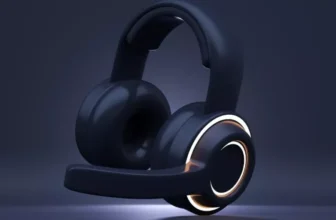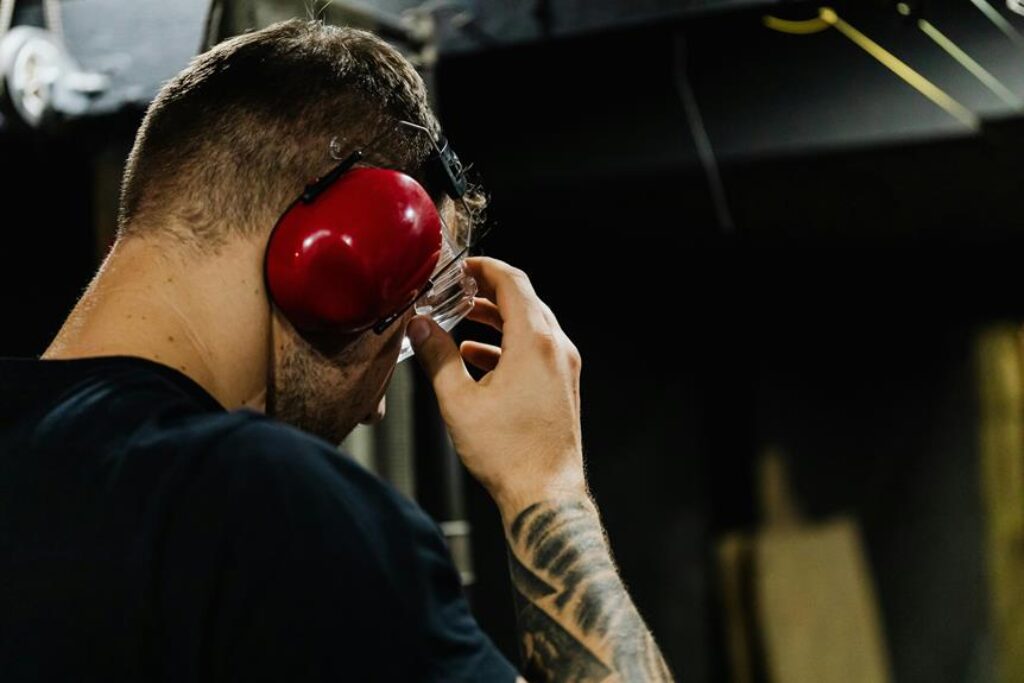
When it comes to ensuring the longevity of your gaming headset, proper care and maintenance are crucial. From regular cleaning routines to storing it correctly, each step plays a vital role in preserving the quality of your audio experience. But what about those hidden areas that often go unnoticed? There are specific methods to address those concerns that can significantly impact the lifespan of your headset. Let’s explore these essential practices to keep your gaming gear in top condition for peak performance.
Cleaning the Gaming Headset
When maintaining your gaming headset, it’s essential to regularly clean it to ensure optimal performance and longevity. To clean your headset, start by using a soft, dry cloth to wipe down the exterior surfaces, removing any dust or dirt. You can also dampen the cloth slightly with water or a mild cleaning solution for tougher stains, but be sure not to get any liquid into the headset’s openings.
Next, pay special attention to the ear cushions and headband padding, as these areas can accumulate sweat and oil over time. Gently wipe them down with a damp cloth and allow them to air dry completely before using the headset again. Additionally, use a can of compressed air to remove any debris from the microphone and speaker grills.
Regularly cleaning your gaming headset not only keeps it looking good but also helps maintain its audio quality and overall performance. By incorporating simple cleaning habits into your headset maintenance routine, you can enjoy a clear and immersive gaming experience for years to come.
Storing and Handling Tips
Properly store your gaming headset in a cool, dry place to prevent damage and maintain its longevity. When not in use, consider storing it in a protective case to shield it from dust and accidental bumps. Avoid leaving your headset exposed to direct sunlight or extreme temperatures, as this can cause the materials to degrade over time.
When handling your gaming headset, be gentle with the delicate parts such as the microphone and adjustable headband. Avoid bending or twisting these components forcefully, as they could break or lose their functionality. When adjusting the size of the headband, do so with care to prevent any unnecessary strain on the headset.
Additionally, make sure to unplug the headset properly after each use to prevent any damage to the connectors. Avoid yanking the cables or forcefully removing them from the device, as this can lead to fraying or loosening of the connections. By following these storing and handling tips, you can help prolong the life of your gaming headset and ensure optimal performance during your gaming sessions.
Checking for Wear and Tear
Regularly inspect your gaming headset for signs of wear and tear to ensure its continued functionality and performance. Start by checking the cables for any fraying or exposed wires. If you notice any damage, it’s crucial to address it promptly to prevent further issues. Additionally, examine the ear cushions for any peeling or deterioration. Worn-out cushions can impact both comfort and sound quality. Make sure to clean them regularly and consider replacing them if needed.
Next, inspect the headband for any cracks or weakening. A damaged headband can affect the headset’s stability and fit on your head. Be sure to also check the microphone for any dents or malfunctions. A faulty microphone can disrupt your communication during gaming sessions. Lastly, examine the overall structure of the headset for any loose parts or screws. Tighten any components as necessary to maintain the headset’s integrity.
Updating Software and Drivers
To ensure optimal performance and functionality of your gaming headset, it’s important to keep the software and drivers updated. Regularly updating the software and drivers of your gaming headset can provide you with improved audio quality, enhanced features, and even fix any bugs or issues that may be present. Manufacturers often release updates to optimize the headset’s performance with new games or software updates on your computer.
To update your gaming headset’s software and drivers, visit the manufacturer’s website or use any provided software that automatically checks for updates. Follow the instructions provided to download and install the latest updates. It’s essential to pay attention to any specific instructions or precautions mentioned during the update process to avoid any potential issues.
Trending Products




